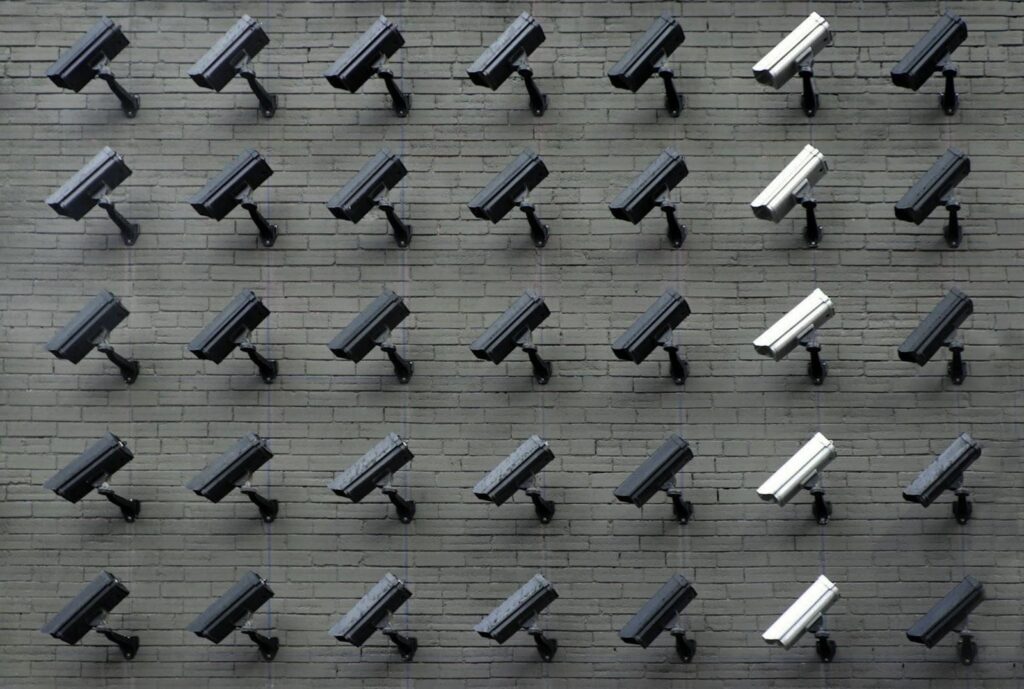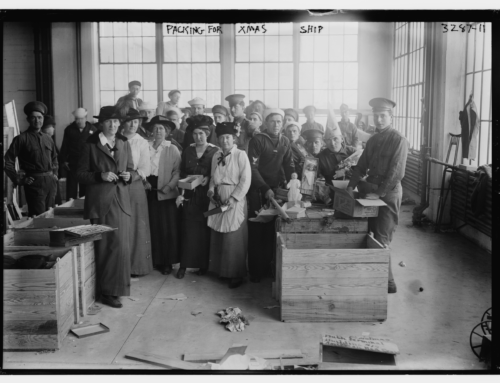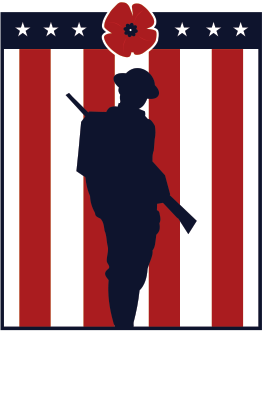From WWI to the NSA: A Century of U.S. Surveillance
Published: 15 August 2025
By Vincent Henderson
Special to the Doughboy Foundation website

header image
WWI censorship, loyalty policing, and the Espionage Act grew into modern tools like the Patriot Act, FISA courts, and NSA data programs over a century.
How State Surveillance Born in World War I Evolved into Today’s Digital Monitoring
World War I created the legal and cultural toolkit that still guides U.S. surveillance. Congress and agencies built powers for secrecy, censorship, and internal security, then kept and adapted them as technology advanced.
Historians trace this lineage through statutes, court rulings, and routine policing. Modern readers, students, and history essay writers can follow a straight line from wartime mail scrutiny to today’s data harvesting and algorithmic flags.
WWI: Laws and Policing
In 1917, the Espionage Act criminalized unauthorized disclosures and interference with the draft. The Sedition Act of 1918 expanded penalties for disloyal speech, entrenching national security as a governing lens for dissent.
The Justice Department partnered with citizen groups such as the American Protective League to investigate “disloyalty.” The Bureau of Investigation coordinated raids, interrogations, and surveillance that blurred wartime vigilance with everyday policing.
Key WWI mechanisms included:
- Criminal penalties tied to speech and disclosure
- Mass informant networks coordinated with federal agents
Mail and Telegram Control
The Post Office and the military reviewed letters, newspapers, and telegrams for sensitive or disloyal content. Postmaster General rulings could bar publications from the mail, which effectively silenced targeted outlets.
The Trading with the Enemy Act governed international communications and economic flows. That law later supported peacetime controls over information and financial transactions that touched foreign entities.
Courts and Doctrine
The Supreme Court, during and after the war, often deferred to national security justifications. In Schenck and related cases, the “clear and present danger” test gave wide latitude to prosecute speech linked to perceived threats.
That deference encouraged agencies to treat communication as a potential vector of harm. The legal climate normalized surveillance aimed at preventing dangers before they matured into acts.
From War to Peacetime
Core practices outlived the armistice. The Black Chamber, a peacetime codebreaking unit, read foreign diplomatic traffic in the 1920s and proved how wartime rationales could carry into diplomacy.
World War II revived censorship boards and expanded signals intelligence. Each conflict added methods, personnel, and habits that migrated into domestic institutions after the shooting stopped.
Cold War to FISA
The Cold War layered new technologies and secret programs on top of earlier authorities. Projects monitored telegrams, phone traffic, and political groups, which blended national defense with internal security.
Public revelations in the 1970s prompted the Church Committee and culminated in the 1978 Foreign Intelligence Surveillance Act. Many readers first encounter these milestones in casebooks or history papers by writers from the essay writing service EssayService, and the continuity becomes clear once statutes and programs are compared.
After 9/11: New Powers
The Patriot Act expanded business-records access, roving wiretaps, and the use of National Security Letters. Agencies coordinated through fusion centers, and border authorities leveraged broad search powers for devices and cloud accounts.
FISA courts approved secret processes tied to evolving technical collection. Oversight increased, yet the fundamental logic remained: collect early, minimize risk, and manage disclosure through classification.
The NSA’s Data Age
By the 2000s, surveillance scaled to the speed and volume of the internet. Bulk metadata programs mapped connections between callers, and Section 702 supported content collection from foreign targets with incidental domestic capture.
Reforms trimmed some programs, but architecture and expertise persisted. Courts began to recalibrate expectations of privacy for digital location data, which nudged doctrine without resetting a century of precedent.
Modern counterparts mirror WWI tools:
- Espionage and Sedition Acts → secrecy crimes and leak prosecutions
- Postal censorship → platform moderation requests and cross-border data controls
- Informant networks → online tip portals and automated threat scoring
- Draft-interference cases → material-support and cyber intrusion charges
Legal Continuities
National security has repeatedly served as the decisive justification for new collection methods. Legislators and judges have often treated communication channels as regulable infrastructure, not inviolable private spaces.
That framing eases the path from pen-and-paper censorship to packet inspection. The state’s role centers on risk anticipation, which encourages broad intake followed by selective analysis.
Technology, Same Rationale
Technology transformed capacity, reach, and speed. The rationale changed little across a century: intercept, filter, and retain enough information to preempt harm, then keep the process largely secret to protect sources and methods.
The result is a system that looks new on the surface yet rests on old scaffolding. The names of the agencies and the acronyms evolve, but the logic follows familiar grooves.
Why This Lineage Matters
Understanding lineage clarifies debates about reform. If present-day monitoring descends from wartime policies, reforms must confront the root assumptions that made those policies durable.
That perspective also reframes accountability. The question shifts from novelty to necessity, from “Is this new?” to “Should this inherited power still apply to today’s networks?”
Reading the Record
Primary sources show how often emergency tools become permanent. Statutes born in crisis survive through amendments, appropriations, and judicial gloss that fit new devices into old legal boxes.
Cases, hearings, and inspector general reports fill in the operational picture. They reveal a recurring pattern of expansion, exposure, adjustment, and renewal.
Final Takeaway
Today’s digital surveillance extends the authority forged in 1917 and 1918. The pipeline runs through mid-century intelligence, FISA courts, and post-9/11 programs, then into cloud-scale collection.
Reform begins with this history. Any durable solution must address the wartime logic that still animates how the United States watches, stores, and interprets communication.
External Web Site Notice: This page contains information directly presented from an external source. The terms and conditions of this page may not be the same as those of this website. Click here to read the full disclaimer notice for external web sites. Thank you.





